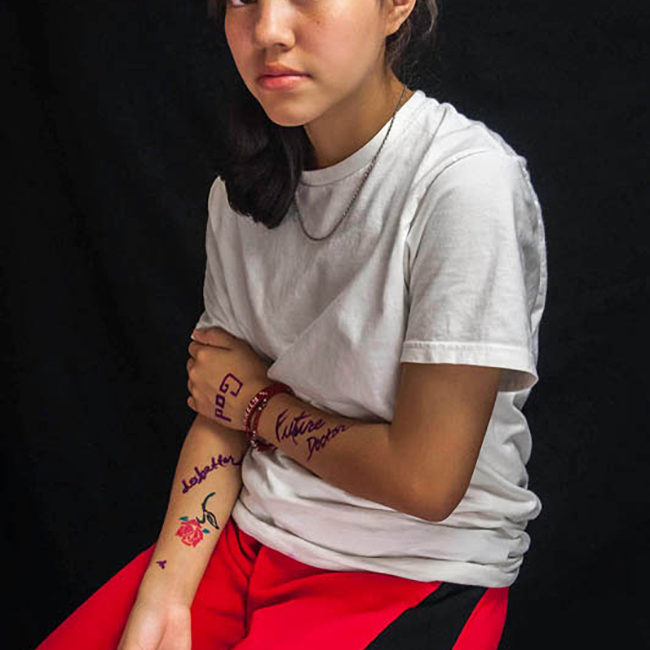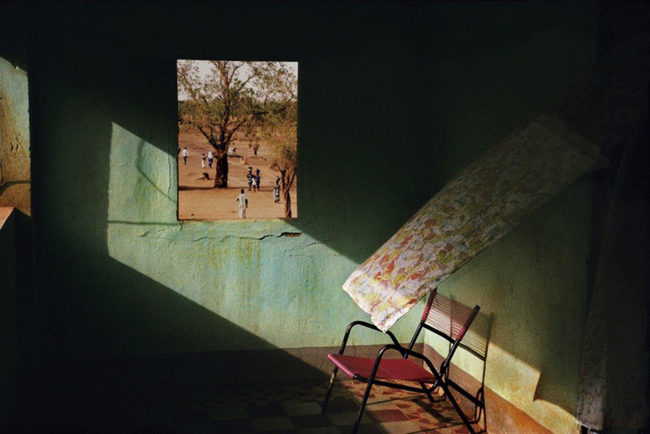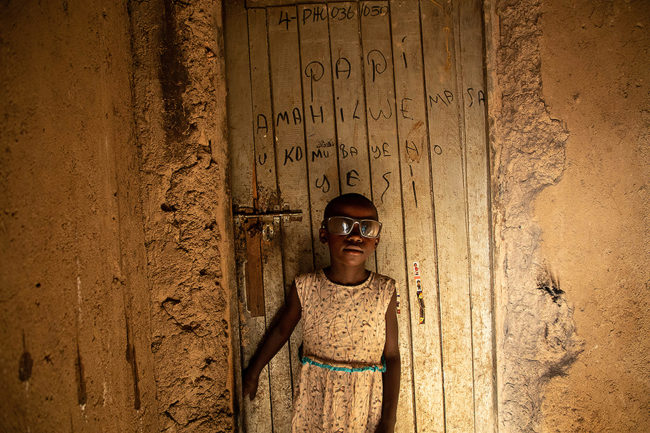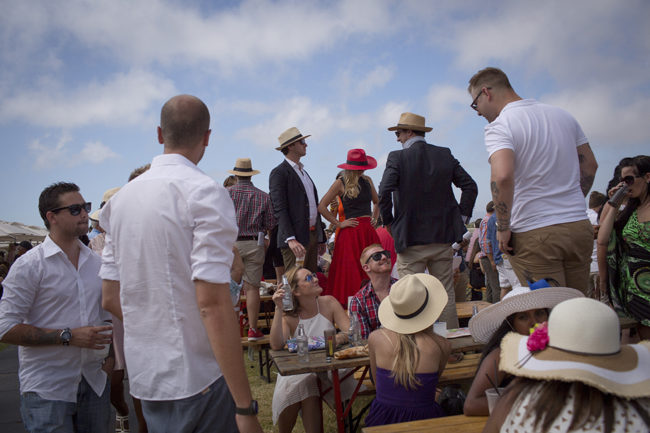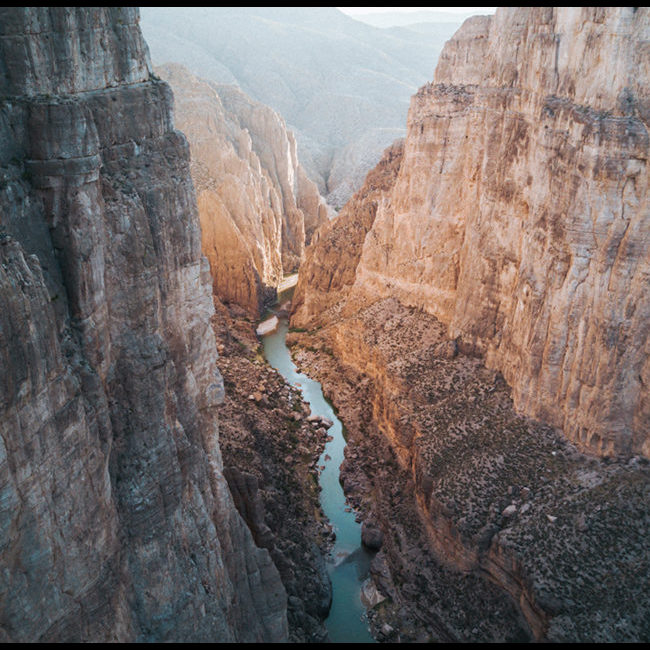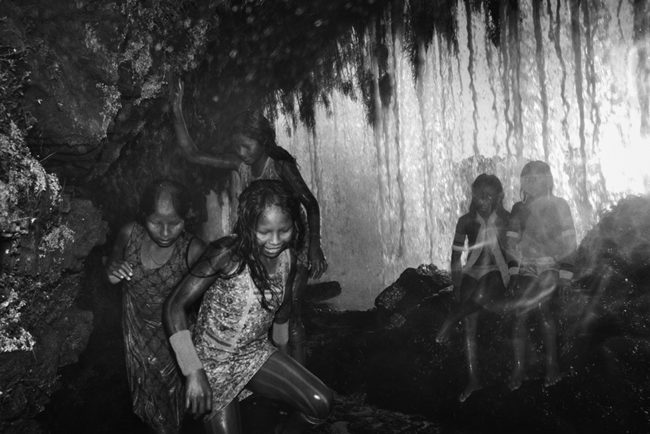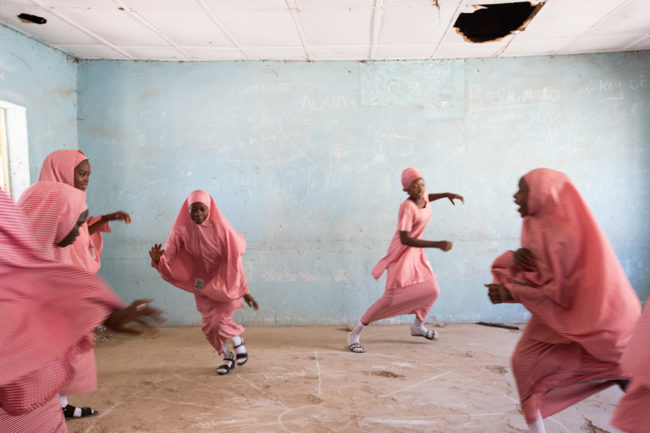The Ogden Museum of Southern Art in New Orleans is hosting a major retrospective of artist William Christenberry – long hailed as a pioneer in establishing color photography as a fine art medium.
The exhibition offers an expansive view of Christenberry’s practice, exploring his profound impact on photography, the ideas that drove his vision, and the depth and diversity of his overarching creative production. At the same time, it engages with the complicated nature and history of Alabama and the South through the eyes of an artist, who had a deep and complex relationship with it.
The exhibition – including over 125 works of art – will feature a selection of his iconic photographs of Hale County, Alabama alongside drawings, paintings, sculptures, assemblages, and installations, positioning his acclaimed photography practice within the context of his broader oeuvre.
Titled “Memory Is a Strange Bell: The Art of William Christenberry”, the exhibition will also explore the importance of poetry to the development of Christenberry’s vision and approach, highlighting the ways in which the artist’s engagement with poetry enhanced his ability to infuse simple tableaus with meaning and emotion.
“Memory Is a Strange Bell” is an opportunity to rediscover the incredible range of William Christenberry’s work, from the photographs that made him a critical figure in the course of art history to the dynamic, but lesser-known, paintings and sculptures that made him a fluid and forward-thinking artist. At the same time, the exhibition provides a platform through which to explore the physical and cultural environment of the American South, through an artist who engaged with it across many decades and viewed it through both the lens of personal experience and broader documentation,” said William Pittman Andrews, Executive Director of the Ogden Museum.
Born in Tuscaloosa in 1936, Christenberry maintained deep ties to west-central Alabama throughout his life, making the changing natural and man-made landscape of the region the primary source and inspiration for his work throughout his multi-decade career. Christenberry was particularly drawn to the rural environs of Hale County, where he spent summers with his grandparents as a child and made annual pilgrimages over the course of a half century after settling in Washington D.C. in 1968.
Through his images of vernacular structures and markers, road and community signs, and open expanses, Christenberry captured the shifting culture and psychology of Hale and the surrounding area, returning often to the same subjects to examine the change that the passage of time had wrought. In this way, his work, across media, wove together his personal narrative with a shared history to address and engage with notions of place, memory, and time. Although a sense of poignancy pervades Christenberry’s artistic output, he never romanticized his subject, taking up both symbols of unity like the gourd tree and those of evil and hatred, such as the hood of the Klu Klux Klan.
Christenberry began his career in the 1950s, working predominantly as a painter and using a Brownie camera to photograph the sights that would later become his paintings. In 1960, Christenberry discovered James Agee and Walker Evans’s book, Let Us Now Praise Famous Men, which vividly documented the lives of impoverished sharecroppers in the American South. So inspired, Christenberry sought Evans out and the two became close friends.
Evans proved a great influence on Christenberry’s work, calling Christenberry’s small-scale Brownie prints “perfect little poems” and encouraging him to pursue his color photography as an artform in its own right.
By the early 1970s, Christenberry had come to be considered a central figure in the development of color photography as a fine art medium. In his small-scale snapshots, Christenberry mixed the documentary-style approach that had initially drawn him to Evans with an acute sense of the emotional and psychological effects produced by subtle manipulations of light, color, and composition.
Although Christenberry’s photographs garnered critical acclaim, he continued to work across media throughout his life, producing drawings, paintings, sculptures, assemblages, and installations. His works in other media often took up the same subjects as his photographs, and “Memory Is a Strange Bell” will provide audiences with the opportunity to experience Christenberry’s focus on sites like the Palmist Building through the range of his artistic approaches. Among Christenberry’s most powerful explorations across media dealt with his experience with the KKK. As a young man, he attended a Klan meeting, and the experience haunted him for the remainder of his life. “I think, I believe, I know that the hooded head form, and what it represents, what that organization represents, is the most terrifying and the most terrible thing in mankind’s history anywhere and in any country. And it hurts terribly,” he said. Symbols of the Klan and the damage they produced first appeared in Christenberry’s work as a drawing from 1962, and then emerged in the mixed-media assemblages, Hate I and Hate II (1963). Throughout his career, they would also appear in the large-scale installation, the Klan Tableau (original 1979), the Dream Building prints and sculptures, K-House drawings, and in ongoing photographic series. For Christenberry, these works served as critical reminders of a heinous institution and encapsulated his personal struggle to reconcile the land he loved with its dark history. Memory Is a Strange Bell will include highlights from this overall body of work.
— Samantha Reinders
“Memory Is a Strange Bell”
William Christenberry
Ogden Museum of Southern Art
Through March 1, 2020
Related Articles
Obituary: William Christenberry, Pioneer of Color Photography, Age 80
New Images of the American South by Andrew Moore
Celebrating William Christenberry
